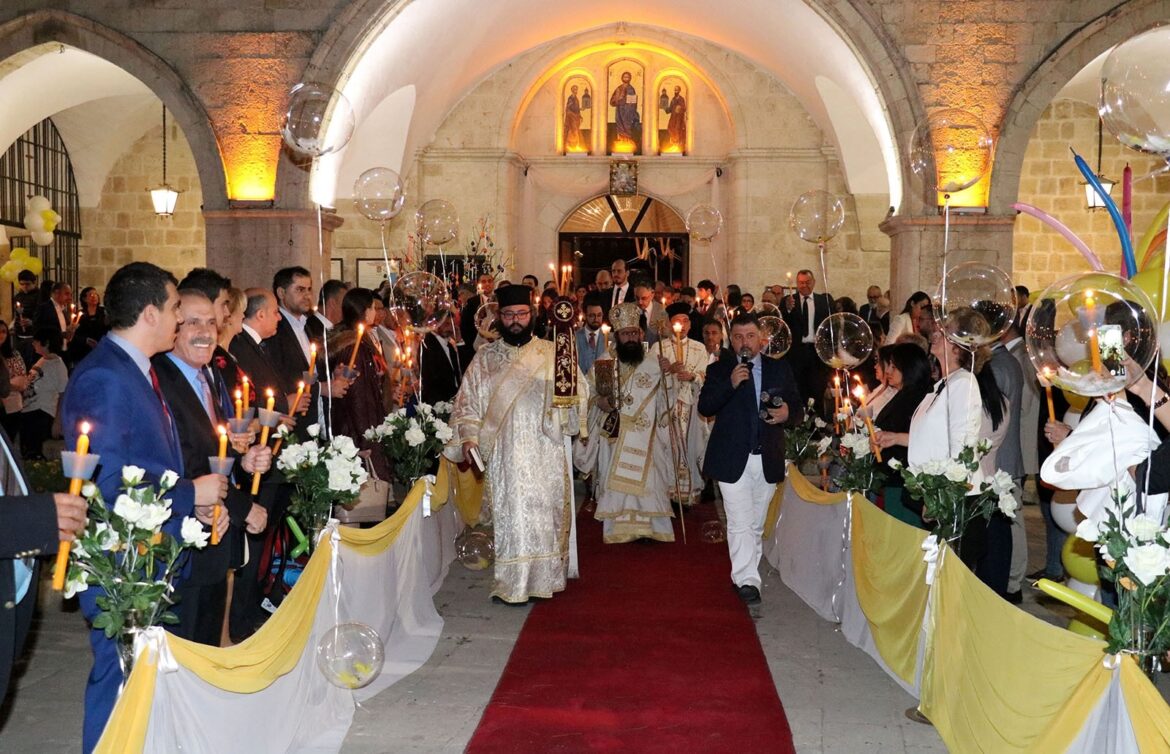Orthodox Christianity represents one of the oldest and most profound branches of the Christian faith, encompassing a diverse and expansive population across the globe. The question of how many Orthodox Christians there are in the world is not merely a matter of statistics; it reflects a rich tapestry of cultural, theological, and historical dimensions that have shaped the lives of millions. Understanding this demographic is essential for anyone interested in the multifaceted nature of global Christianity.
Orthodox Christianity primarily divides into several major jurisdictions or autocephalous churches, which exist independently yet share a common theological foundation. The most significant of these bodies include the Russian Orthodox Church, the Greek Orthodox Church, the Serbian Orthodox Church, and the Romanian Orthodox Church, among others. Each of these churches operates within specific geographical regions, often corresponding to national identities and cultures. This structural diversity plays a crucial role in the overall population counts.
Estimates suggest that there are roughly 260 million Orthodox Christians around the world. The largest population of Orthodox adherents can be found in Russia, where over 100 million identify as members of the Russian Orthodox Church. This significant number illustrates not only a religious adherence but also a deep-rooted cultural affiliation, as the church has played a vital role in the country’s history and societal norms.
Beyond Russia, the Orthodox Christian population is substantial in several other nations. Greece, with approximately 10 million adherents, demonstrates how integral the Orthodox faith is to its national identity. The Greek Orthodox Church is not only a spiritual authority but also a custodian of Greek culture, particularly through its festivals, traditions, and values that permeate everyday life.
Another noteworthy concentration of Orthodox Christians is found in Eastern Europe, particularly within the Balkan states. Countries such as Serbia, Bulgaria, and Romania harbor sizeable Orthodox populations, with each nation’s church exerting considerable influence in societal affairs. This geographical distribution often reflects historical contexts, such as the Ottoman Empire’s influence or the repercussions of the Cold War, which shaped religious practices and allegiances.
In addition to the European context, the Orthodox diaspora has significantly affected the population statistics. The migration of Orthodox Christians to various parts of the world, particularly to North America and Australia, has led to the establishment of vibrant communities that contribute to the overall count of Orthodox adherents globally. These communities are often diverse, incorporating myriad ethnic backgrounds, languages, and cultural practices while remaining firmly rooted in Orthodox traditions.
One must also consider the Orthodox faith’s theological distinctions as they relate to numbers. Unlike certain branches of Christianity that may emphasize conversion and rapid church growth, many Orthodox churches focus on the sacramental life and retention of cultural identity rather than aggressive evangelism. This difference plays a role in demographic stability, as the faithful are often born into the faith and educated in its traditions from an early age.
In recent years, the dynamic between modernity and tradition has also influenced demographic trends within Orthodox Christianity. The rise of secularism and the challenges posed by postmodern worldviews have led to complex interplays within Orthodox communities. Some younger members find themselves navigating the tension between cultural practices and contemporary values, leading to shifts in attendance and engagement within their respective churches.
When discussing Orthodox Christianity’s population, it is vital to look beyond mere numbers. Each statistic represents a living collective of individuals united by shared beliefs, cultural heritage, and historical narratives. This collective identity is often strengthened through communal worship, rituals, and national observances that bring individuals together in profound ways.
Furthermore, the role of women within Orthodox communities is an important aspect of the population breakdown. While Orthodox theology has traditionally advocated for a male clergy, women’s contributions to church life—ranging from educational roles to community service—are invaluable. Women often maintain family traditions of faith and play a critical part in balancing modern expectations with the spiritual heritage of their churches.
Also pertinent is the relationship between the Orthodox Church and the broader Christian community. In recent decades, efforts toward ecumenism have emerged, fostering dialogue between different Christian denominations. Such initiatives aim to bridge theological divides while promoting mutual understanding and respect, emphasizing a united Christian witness in a fragmented world. However, these efforts also bring into focus the unique characteristics of Orthodox worship and belief, which set it apart from other Christian traditions.
Societal issues such as migration, geopolitical conflicts, and religious persecution also influence the growth and vitality of Orthodox Christianity worldwide. In regions facing unrest, such as parts of the Middle East, the survival of Orthodox communities can be precarious. The historical presence of Orthodox Christians in these regions is often under threat, necessitating a vigilant approach to preserving their religious, cultural, and historical legacy.
The future landscape for Orthodox Christianity globally is an evolving narrative, shaped by myriad influences. Population numbers may fluctuate due to various factors, but the faith’s enduring communities persist, continuing to navigate the complex interplay of tradition and change. In conclusion, the population of Orthodox Christians encompasses far more than quantitative measures—it embodies a profound engagement with history, culture, and the quest for spiritual authenticity that continues to resonate deeply within the broader Christian narrative.



